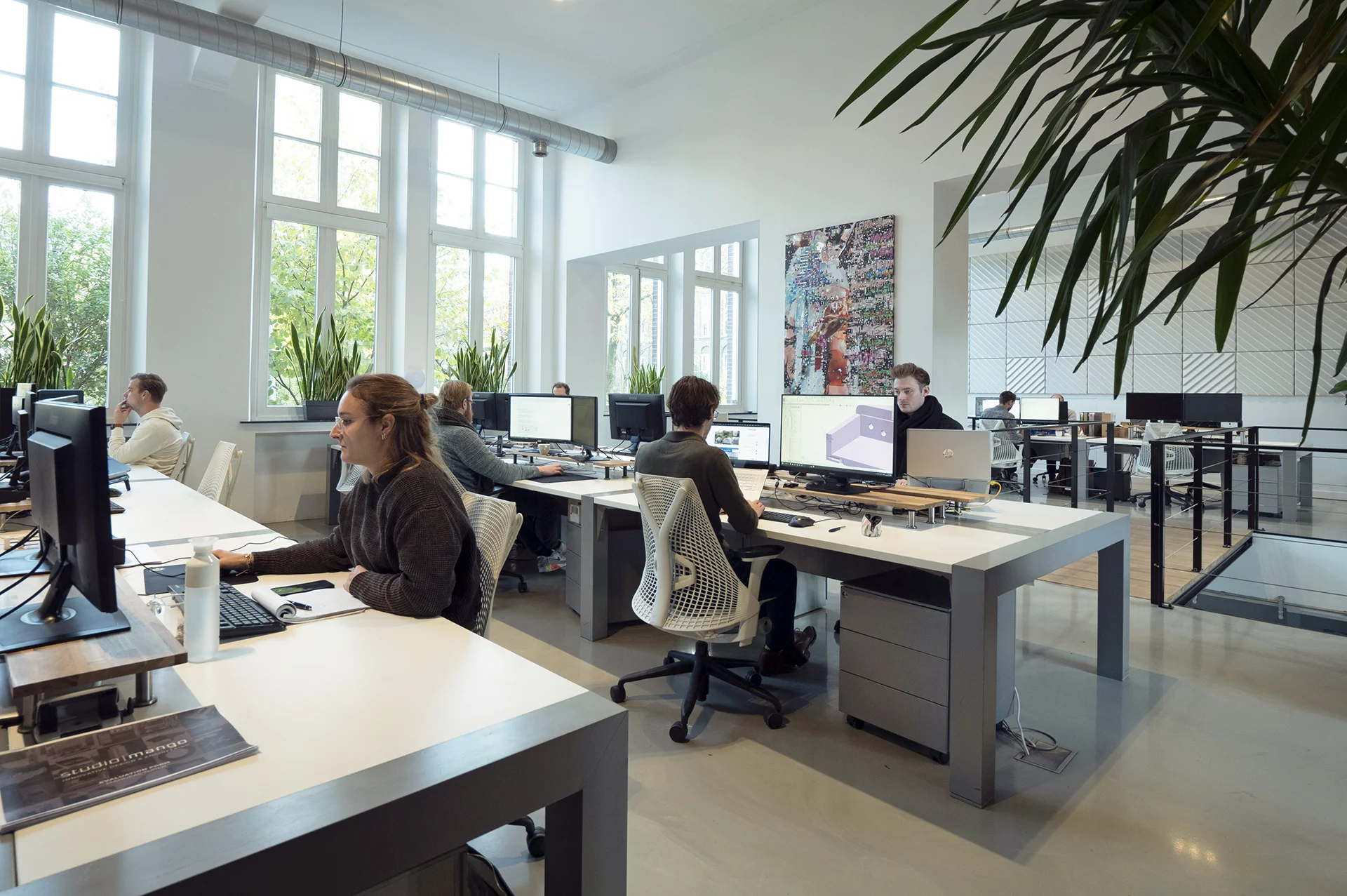Image Source: Google
A product design firm plays a crucial role in turning ideas and concepts into tangible products that can be manufactured and sold. The journey from initial idea to final product involves several stages, each requiring expertise and collaboration to ensure a successful outcome. Let's take a closer look at the journey of an affordable product design firm and the processes involved.
Stage 1: Concept Development
The first stage of the journey involves concept development. This is where ideas and visions are transformed into concrete concepts. Product designers work closely with their clients to understand their requirements, goals, and target audience. They brainstorm ideas, create sketches, and use computer-aided design (CAD) software to develop 3D models and renderings.
During this stage, designers also consider factors such as functionality, aesthetics, manufacturing feasibility, and cost. They often collaborate with engineers, marketing teams, and other experts to refine the concepts and ensure they align with market trends and customer needs.
Stage 2: Prototyping
Once the concept is finalized, the next stage is prototyping. This involves creating physical models or prototypes that allow designers and clients to see and test the product in its early stages. Prototyping helps identify any design flaws, functionality issues, or areas for improvement.
Product design firms use various prototyping methods, such as 3D printing, CNC machining, or hand modeling, depending on the complexity of the product. Prototypes are tested, analyzed, and iterated upon until the desired outcome is achieved.
Stage 3: Engineering and Technical Development
After the prototype has been approved, the product design firm moves into the engineering and technical development stage. Here, engineers work on refining the design, making it manufacturable and optimizing it for production.
During this stage, designers and engineers collaborate to ensure that the product meets all technical requirements, such as structural integrity, material selection, and production efficiency. They conduct detailed engineering analyses, such as finite element analysis (FEA) and computational fluid dynamics (CFD), to validate the design and make necessary adjustments.
Stage 4: Manufacturing
The manufacturing stage involves transforming the finalized design into a mass-produced product. Product design firms work closely with manufacturing partners or have in-house manufacturing capabilities to ensure a seamless transition from design to production.
Manufacturability is a key consideration at this stage. Designers and engineers consider factors such as production processes, materials, tooling, quality control, and assembly methods to optimize the manufacturing process and achieve cost-effective production.
Stage 5: Launch and Market Entry
Once the product is manufactured, the final stage involves launching it into the market. This includes marketing strategies, branding, packaging design, and distribution channels. Product design firms often collaborate with marketing teams or provide guidance on how to position the product in the market.
Post-launch, product design firms may also offer support services such as user feedback analysis, product updates, and ongoing improvements. They continue to work closely with their clients to ensure the product's success in the market.
In Conclusion
The journey of a product design firm is a fascinating process that transforms ideas into reality. From concept development to manufacturing and market entry, each stage requires expertise, collaboration, and attention to detail. Product design firms play a vital role in bridging the gap between ideas and tangible products, bringing innovation and creativity to life.
